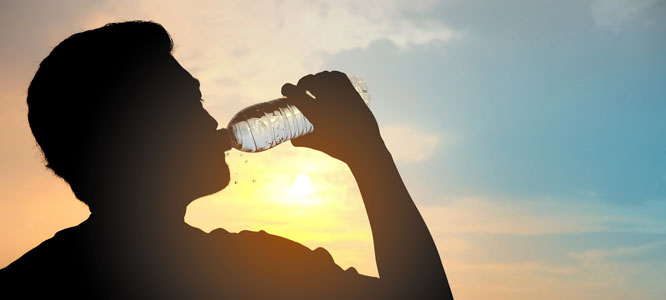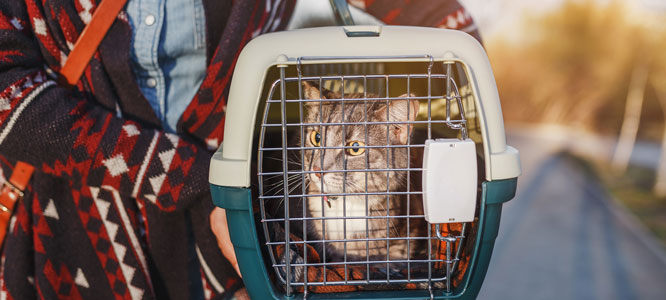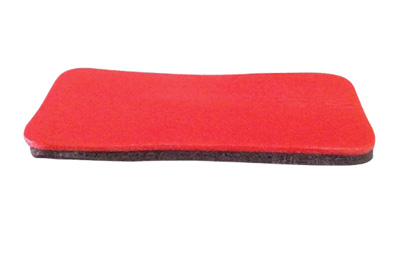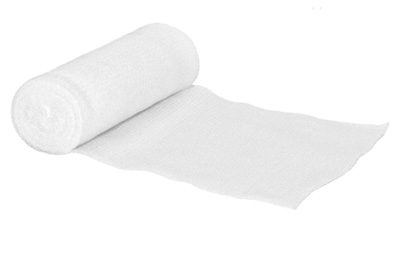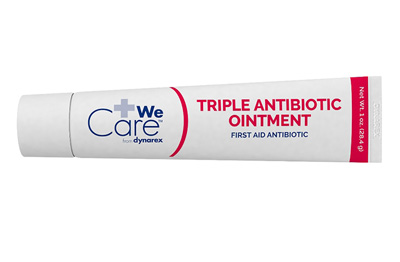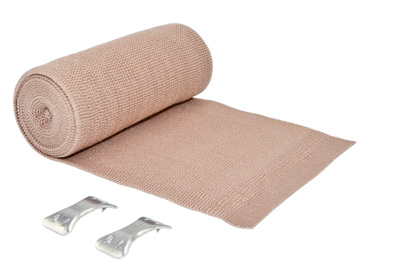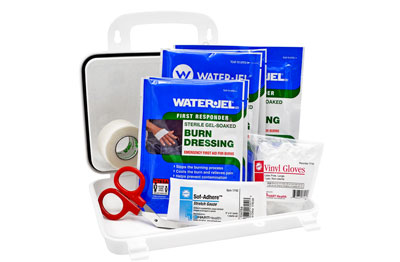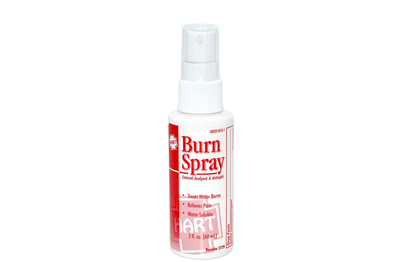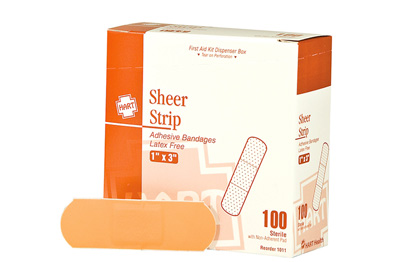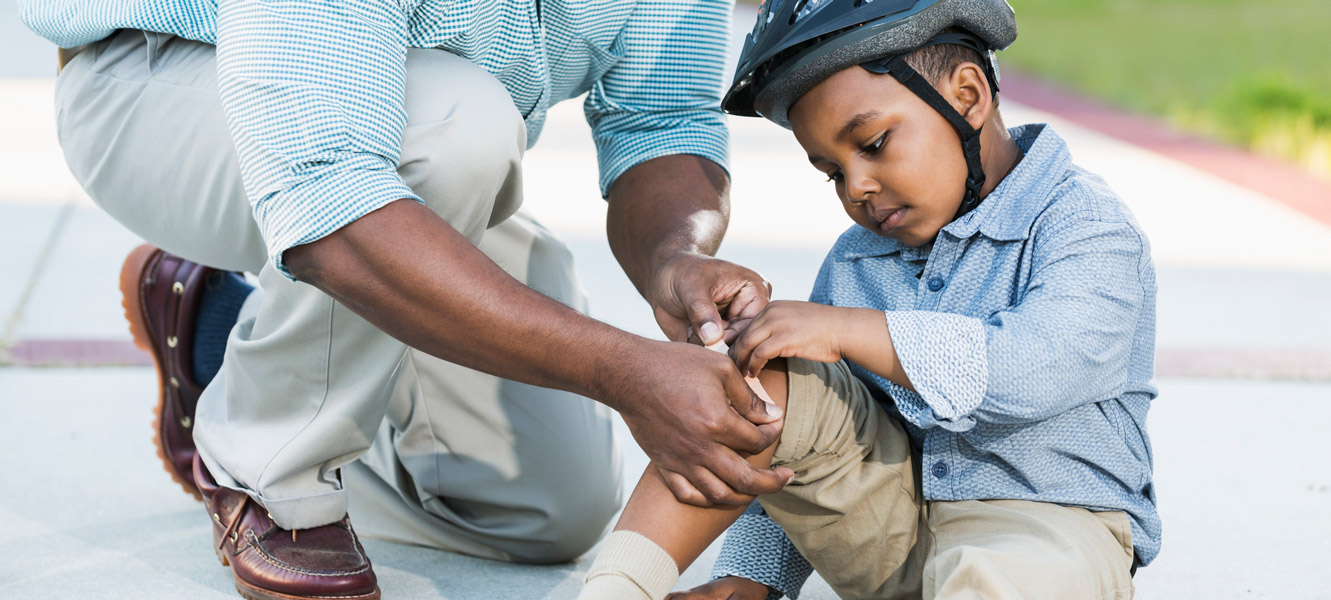
Treating Summer InjuriesTuesday, January 19, 2021 With summer in full swing, it’s the perfect opportunity to get the whole family outdoors. We know that physical activities like riding a bike, playing sports, inline skating, and swimming stimulate your child’s imagination in addition to being great options for exercise. We also know that such activities can also lead to nasty injuries. After all, everyone has at least one story of how they injured themselves during childhood, even doing normal everyday activities. As a parent, the best thing you can do in these situations is to make sure you’re prepared for whatever comes your way. Safety can mean simply being prepared for whatever happens. Some common summer injuries just need cleaning and a bandaid, but others may require a trip to urgent care or the emergency room. Good initial treatment can mean your child can avoid long-term issues that may require a chiropractor or physical therapist. To prevent future problems, injury prevention is important as well as immediate treatment. You can provide basic medical care for your child, or you can spot signs of serious injury and know when to seek emergency care. In this blog, we’ve broken down how to deal with the most common kid injuries. Jammed FingersA jammed finger is typically a sprain to the joint or knuckle of the finger. You’re probably pretty familiar with how this type of injury feels, as it’s fairly common and typically minor. Look out for symptoms including redness and swelling, mild pain, and stiffness as identifiers of a jammed finger. The duration and severity of these symptoms depend on how bad the injury is, but if your child’s pain is intense or lasts more than 24 hours, take them to a doctor. Potential causes of a jammed finger can vary. This injury is very common for kids who play sports, especially basketball, baseball, or volleyball, where the hand has the potential to absorb the impact of a stray ball. Jammed fingers can also occur when a door or drawer is closed on a finger or when your child puts down their hand to break a fall. This action can also lead to wrist injury. The best way to treat a jammed finger at home is by following RICE. This acronym stands for:
Please note that it’s important to see a doctor and seek medical advice if the finger appears crooked, your child develops a fever following the injury, the swelling worsens despite home remedies, or the joint pain increases. It’s always better to be safe than sorry. If a severe injury isn’t treated properly it can lead to chronic pain and other issues. You can take your child to see their primary care physician if pain persists or other symptoms appear.
Scraped Knees
Scraped knees are one of the most common injuries for your child, as they can easily take a tumble while riding a bike or playing. Thankfully, scraped knee injuries are fairly easy to treat and usually minor, without leaving a deep laceration. However, it’s very important to complete the necessary treatment steps at home so that the scrape doesn’t become infected. Every household should have the following products to treat a scraped knee:
The very first thing to do when your child comes to you with a scrape is to wash your own hands. Hands carry a lot of germs, and an infection from this injury would be the worst case scenario. Next, use gauze to stem the bleeding, if necessary. Gently apply pressure to the wound until the bleeding stops. Then apply an antibiotic ointment to the injury. This step is the most effective way to prevent an infection, so be sure not to skip it! Finally, add a bandage on top of the wound. It's also a good idea to make sure scraped knees aren’t also accompanied by ankle injuries like an ankle sprain or a shin splint. Gently wash the skinned knee each day, changing the bandage every time you do so. Throughout the healing process, it’s important to watch for infection. Signs of infection include:
If these symptoms are present, please consult a doctor for treatment. If an injury is severe with intense knee pain or ankle sprain, your child may require physical therapy. Prevention is always the best medicine, so remember to have children wear protective gear when doing summer fun activities like inline skating or riding horses. If your child complains of aching joint pain, leg pain, or sharp pain, contact your child’s primary care sports physician.
Head Injuries
These types of injuries can be tricky, as there are many different kinds with varying degrees of urgency. Some are an absolute medical emergency. Always make sure children wear protective gear like a helmet when engaging in dangerous sports or games. The first form of head injury to consider is bumps and cuts. It’s easy for children to get minor wounds to the face if they’re distracted while playing. Although these summer sports injuries may seem frightening, they’re thankfully usually minor and able to be treated at home. Similar to a scraped knee, you’ll need to stop the bleeding by applying pressure with a clean cloth. Wash the area well with soap and water, then apply antiseptic cream. Be sure to cover the area with a bandage to make sure it doesn’t worsen. Similarly, minor bumps are fairly common and usually nothing to worry about. Apply ice to the bump for 15 minutes at a time and monitor your child’s behavior. Remember that some head injuries can cause serious consequences if left untreated. They could even be signs of something serious like a brain injury. If you see your child exhibit multiple of the following symptoms, take them to the doctor or seek emergency care immediately:
These symptoms could be signs of a more serious injury such as a concussion. Kids can sustain a sports injury even playing simple summer sports and games. It’s important to be aware of the risks of head injury and spinal cord injury. Take your child to an urgent care or emergency room if you suspect a concussion.
Burns
Burns are most commonly caused by hot cooking surfaces, fires, or even the sun. The first step in treating a burn injury is to know what type of burn is present. Burn injuries are rated from first to third degree, depending on the severity. Each type is treated differently, so it’s important to know the differences between the three. A first-degree burn is known as a superficial burn. This is the mildest type of burn, as it only affects the top layer of skin. This type of burn results in pain and reddening of the skin. Superficial burns can easily be treated at home with products like aloe vera or ointment. If your little patient continues to be uncomfortable due to the pain, you can give them pain medication. Second-degree burns are slightly more intense. In addition to pain and redness, swelling and blistering is also present. Did you know the sun can cause these types of painful burns? A sunburn can be severe and it’s actually a common summer injury. To avoid painful second-degree burns and exposure to harmful UV rays that can result in cancers later in life, be sure to use sunscreen when allowing your child to play outdoors. Second-degree burns typically require a prescription for creams or ointments to more effectively treat the injury. If you’re unsure of the degree of a severe sunburn, you can go to an urgent care or other emergency departments.
Heat-Related Illness
During the hot summer months, there’s a much higher risk of heat related illness. It’s a good idea to monitor kids at risk of heat related issues like heat cramps, heat rash, heat stroke, and heat exhaustion. These are more likely during physical activity. Always pay attention to signs of heat illness in children. Make sure they’re drinking plenty of water, but consider their body weight in proportion to how much they should drink. Pay attention to symptoms like muscle cramps or muscle pain. These could be heat cramps. If children show symptoms of heat exhaustion, check their blood pressure, if you can, or seek medical attention. Symptoms of heat related illness are things like:
Heat stroke is serious. Always look out for symptoms of heat related illness when conditions are hot. Your child will feel a strong sensation of heat, and they may complain of feeling thirsty, or painful heat cramps. They could be suffering symptoms of heat exhaustion, heat stroke, or dehydration. Have them sit down and drink water. Get them out of the sun. Make sure they drink water slowly. Sit them down to help relieve muscle spasms and heat cramps. Even normal activities in high temperatures for long periods of time can unexpectedly lead to symptoms of heat exhaustion. Monitor children doing outdoor activities in hot weather. These conditions put them at high risk of heat related problems.
Other Preventable Injuries
Most of the summertime injuries your kids encounter will be minor, however, every parent should be equipped with the full knowledge to make the best decisions for their children’s treatment and wellbeing. Summer sports injuries can be common, just remember to follow up with kids even if the injury seems minor like a shoulder bruise. Small pains from summer sports injuries can be signs of something larger, like bursitis, an overuse injury. You can always call your primary care physician if you’re unsure. Kids who ride horses or are around equine should always practice caution. Summer fun can end up leading to small issues like swimmer’s ear, tick bites, or sunburn. But even fun and games can lead to a broken bone or other severe injury that calls for a trip to the hospital for emergency care. That’s why injury prevention is important. When the weather warms up, everyone is ready for summertime fun, but the fun and games can lead to many non-fatal injuries, or unfortunately fatal injuries. Extreme heat in combination with rigorous physical activity can in extremely rare cases cause heart attack. Drowning and poisoning are among two of the most deadly injuries for children. In fact, one in five of those that die from drowning are children under 14. Remember this article is for information purposes only. Talk to your child’s primary care physician to seek medical advice. |


